|
If you live in London you are spoilt for art galleries. Incredibly so in fact. It is easy to forget this fact. Recently I was in Bristol. It is a splendid city, all wharves, cycle lanes, the inherited wealth of the slave trade and Banksy. Bristol has, beyond a large number of smaller commercial galleries, three main public museums on offer and these are the Bristol Museum and Art Gallery, the RWA and the Arnolfini. I was fortunate enough on my recent visit to be able to go to all three. The Bristol Museum had one of its main art galleries closed, and so I was denied the opportunity to see the Barbara Hepworth’s and other major names that it boasts. It is an interesting place though. A fine example of a flagship regional museum. It is housed in a large neo-classical building just past the impressive Willis Tower. It has a fine natural history collection (dinosaurs, a gorilla etc), archaeological displays from Egypt and Assyria, porcelain, silver and glass, and of course fine art. The Egyptian display is quite impressive. I have not great interest in ancient Egypt but broken tablets of Egyptian hieroglyphs always appeal to me. Next door is a room of Assyrian friezes from a town in Syria (a town which has recently borne the brunt of fighting Daish and the friezes still in situ have been substantially damaged). They depict winged genie figures all of whom seem to be carrying handbags. They are intriguing figures. See them if you are there. Wend you way upwards to the top floor (if you have an interest visit the natural history section, I didn’t have the time unfortunately) and you will find the porcelain silver and glass at the back of the museum. I am a sucker both for porcelain and glass. They had an excellent display of the depiction of dragons in these (and other mediums). Some truly ancient glass and porcelain on display. Lustrous bowls also. Then onto the art. As I said one gallery was closed so I just had to stare, enraged, and the barriered door and wonder vaguely what was inside. Outside there was much to see. The issue that many regional and smaller museums have is the work while often technically very good, is just a bit dull. Idyllic landscapes, boats on canals, that sort of thing. Bristol museum has these but it also has some things that are very good. For example there were a couple of very enticing Pissarro’s and opposite to them a very intriguing Redon of a knight between two sailing ships. Other pieces from people I hadn’t really encountered before called out. Such as Harry Watson’s Holidays and William James Muller’s The Carpet Bazaar Cairo. Edward Lear’s The Mountains of Thermopylae also enticed. The looming purple mountains over an empty desert. Very nice. Eugene Carriere’s The Pianist has a bleak mournful air about it. Christopher Wayne Nevinson’s Dog Tired, stark angular men looking exhausted. There were of course others. There was a modern gallery in which the other works were blown away and completely dominated by a moody and menacing William Scott. Black, blue and white squares. The picture doesn’t really do it justice but it is very good. Off this was a 19th century English art gallery. An ethereal Joshua Reynolds called The “Out of Town” Party. Then in the far corner was a small John Stubbs. Much smaller than you usually see of a horse peering at a dog. It is a good painting. The horse and the dog feel very real but what really makes it is the dedication at the bottom of the paining. This back story really adds to the experience of looking at this painting. Context can, I think, very much change your perception of a work of art. That was it for the Bristol Museum, a short trot up the road is the RWA. It would appear that the RWA doesn’t have a permanent exhibition but much like the RA (of which it is the Western sister), it shows changing exhibitions. Unlike the RA it is cheap to get in (£6, £3 with art pass). The exhibition space consist of four medium sized rooms. Two of them where showing Edwardian landscapes of the local area. You know what I was saying about boring works in small museums, well exactly, although Studland Bay by Roger Fry was pretty good. The other two rooms though were very good. A display of work by currently active artists, called Imagined Artists. They had some good stuff here. There was small rowing boat on it is side for some reason but that aside some good things. Two artists particularly appealed to me. There were two works by and artists called Lydia Halcrow; Spilled Time and Longshaw Drift. These used maps with shapes overlaid with drawn shapes. Maps appeal to me, they have a general appeal I think and these were very good pieces. The other artists was Tim Harrison and had produced 2 Landmaps , one in gray, one in black showing an imagined topography. This exhibition was good and has given me two new artists to watch out for.
Finally I called into the Arnolfini. It turned out to be dedicated to video art so I left immediately.
0 Comments
I suddenly noticed that I don’t really do left over paintings anymore. I used to do these at the end of every painting session to use up the left over paint and some of them such as Mana from Heaven, Migrations Patterns and Journey in the Rain were quite successful. Indeed Migration Patterns went down well in the recent exhibition I did. I felt less of a call to do them now. This I attribute to a number of things. I spend much more time on my main works now (such as 2 Pancras Square). Specifically I spend much more time just looking at the painting in progress and thinking about it than I used to. I have become much more patient. The other factor is the Pattern Experimentation. My urge for abstraction has been channeled into these. On realising this I tried doing a four more Left over paintings (see below) but I was not inspired in doing them and they were uninspiring in my view. I think they are the last of their line. In short I have become more interested in the conscious construction of a painting then just painting and seeing what happens. This conscious construction has basically two outlets. The first is still life. At the suggestion of Hugh I gathered some objects together to paint in a classic still life. I very much enjoyed this process and was pleased with the outcome. The arrangement of the objects is a significant part of producing the painting. They are clustered into two groups so I removed the cap from the pen, put it on the book and have the pen pointing at the mug and the box so to join the two halves together. First I did a sketch but the cup came out far too big, dominating the right hand side of the painting and overwhelming the other objects. The painting started with blocking out the objects with basic colours before adding in the detail. The pen gave me significant difficulties and the size had to be altered a number of times. Finally the table was a bit dull and needed activating with some details During the preparation for this though I did a number of sketches and two small oil paintings. This melded the still life idea with the background seen in my recent Tiger Moth paintings. They make for an interesting result. The crocodile box, while an interesting object didn’t make it into the final piece, mainly because it is too fragile to transport. The other direction is the attempted rendering of dreams I have had. This is far more difficult in that there isn’t an object to work on. The first is a figure swimming in a strange underground swimming pool and the second a series of geometric shapes. They made for an interesting experiment and I am quite pleased with the results but there are two realisations. Firstly these would have been better if I had been doing the final painting from something concrete, rather than from just my mind and secondly they are probably better off being elements of another painting rather than subjects in their own right. Both can also be seen in the Maxi Mix page. All of this though makes me thing that with a shift in approach I probably need to redesign my web page. I have been meaning to do this for ages, for example to add a “Shop” page. More on this in the next few weeks.
|
Archives
June 2024
Categories |
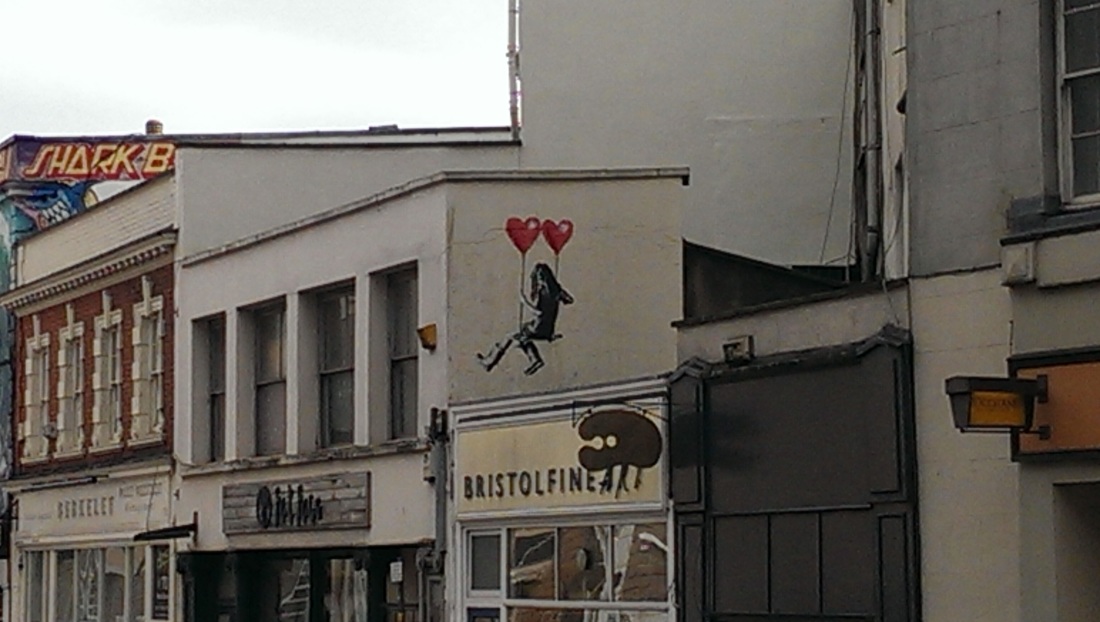
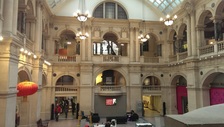
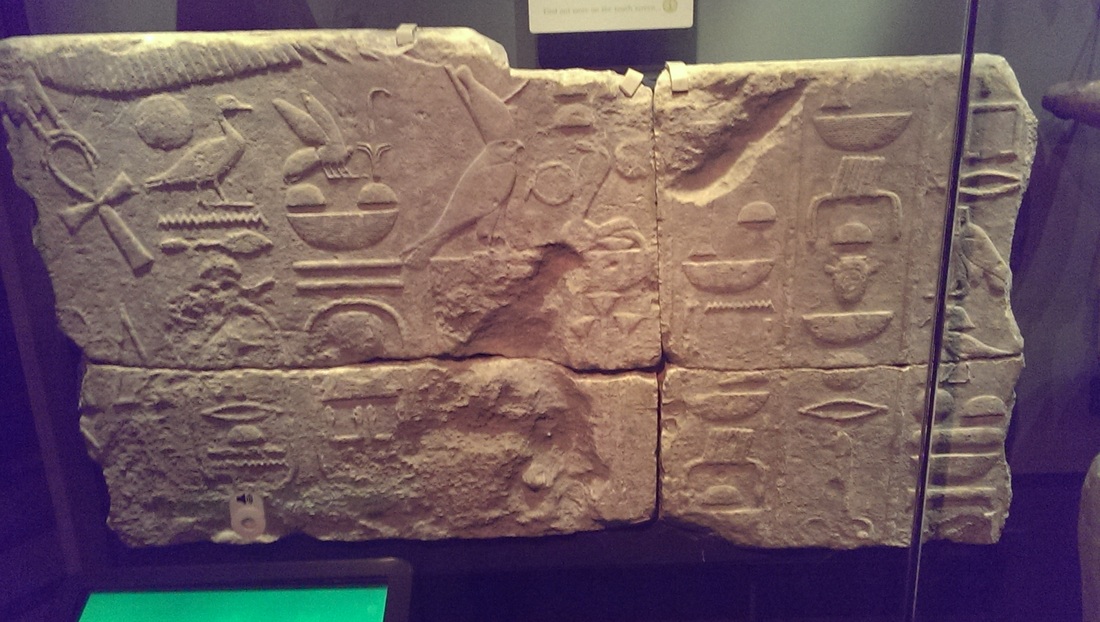
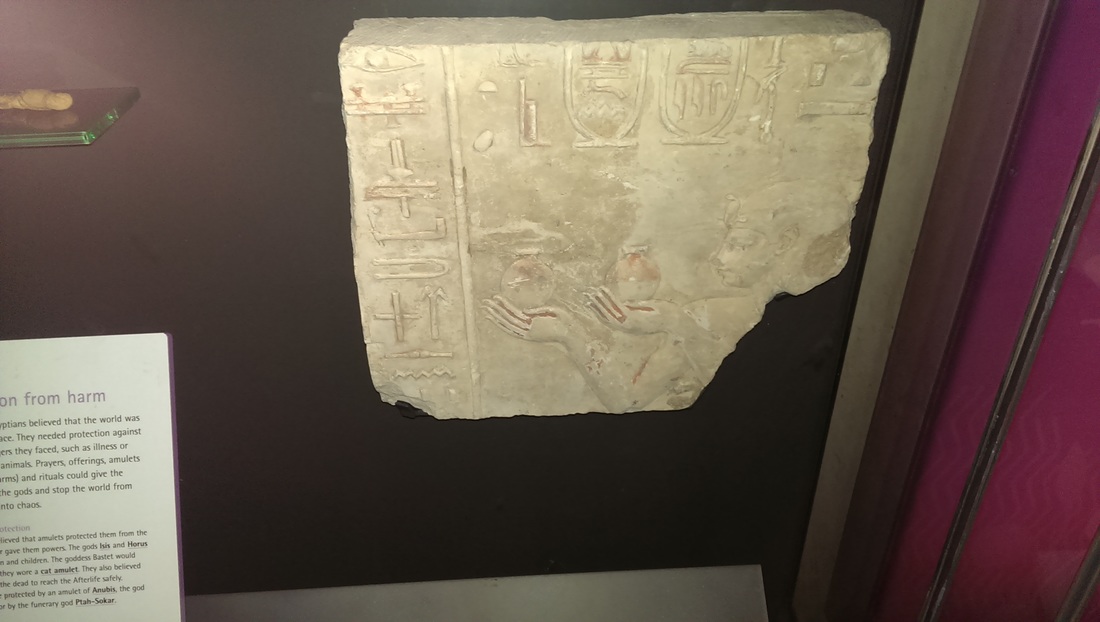

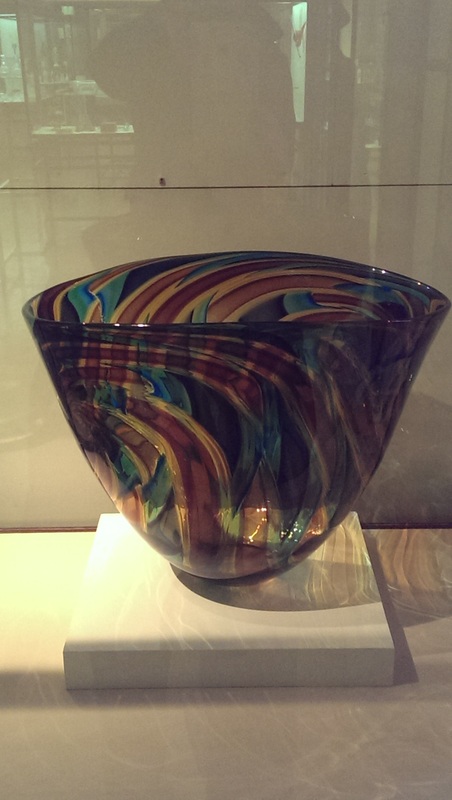
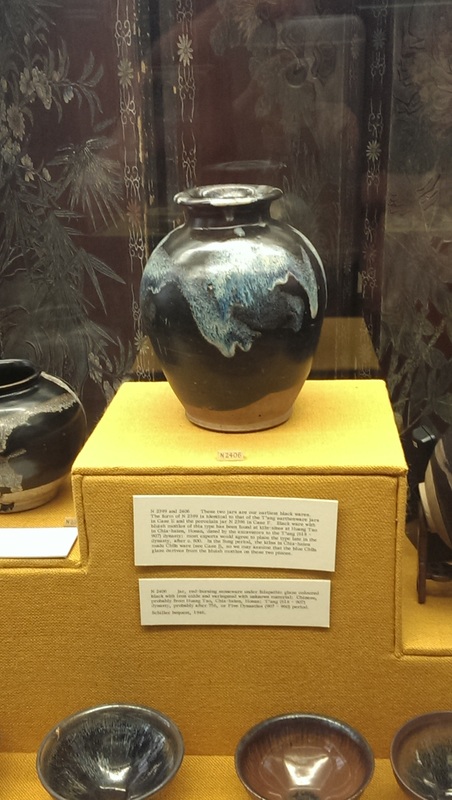
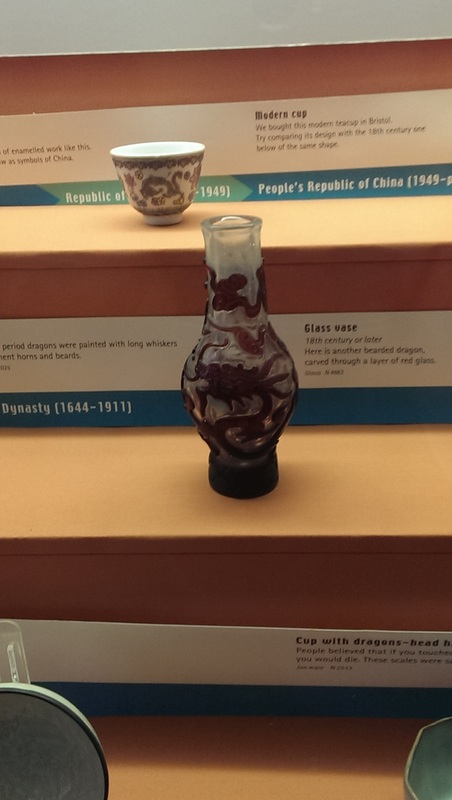
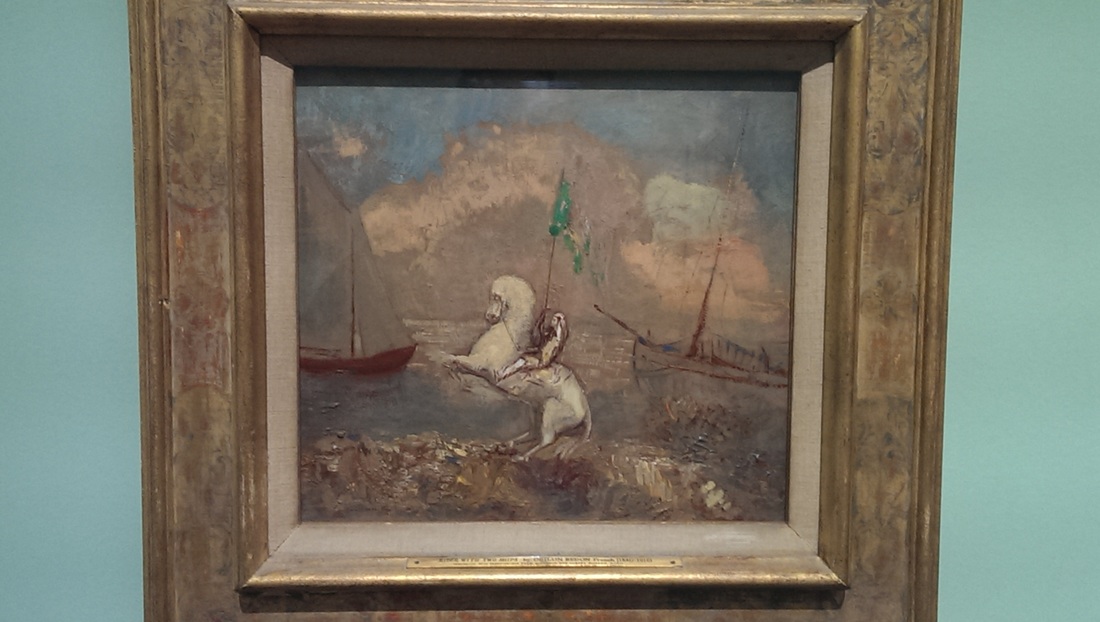
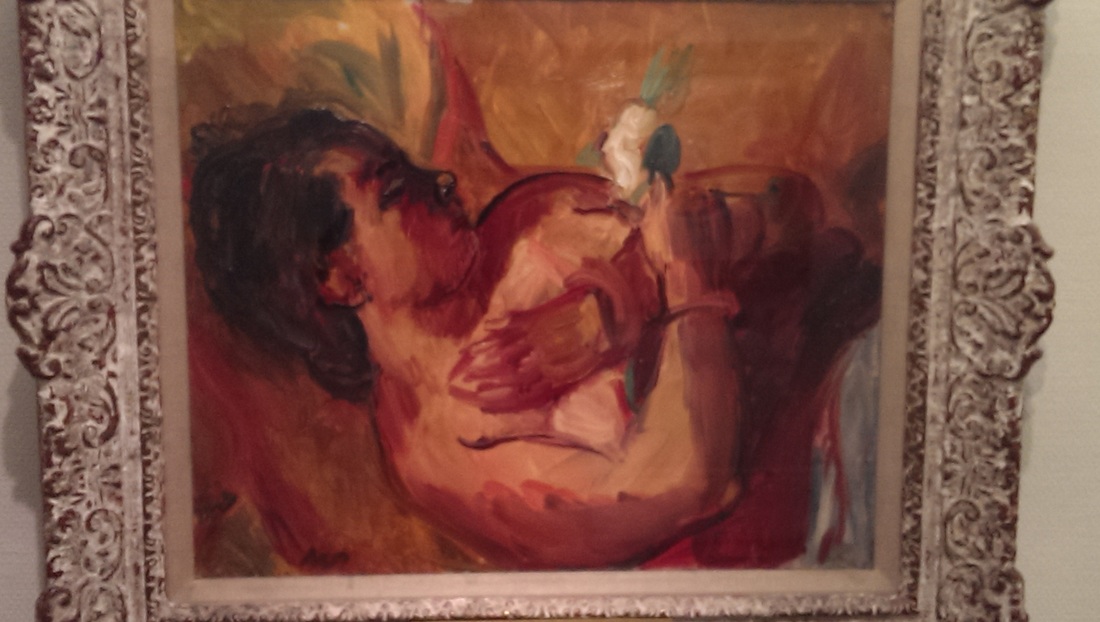
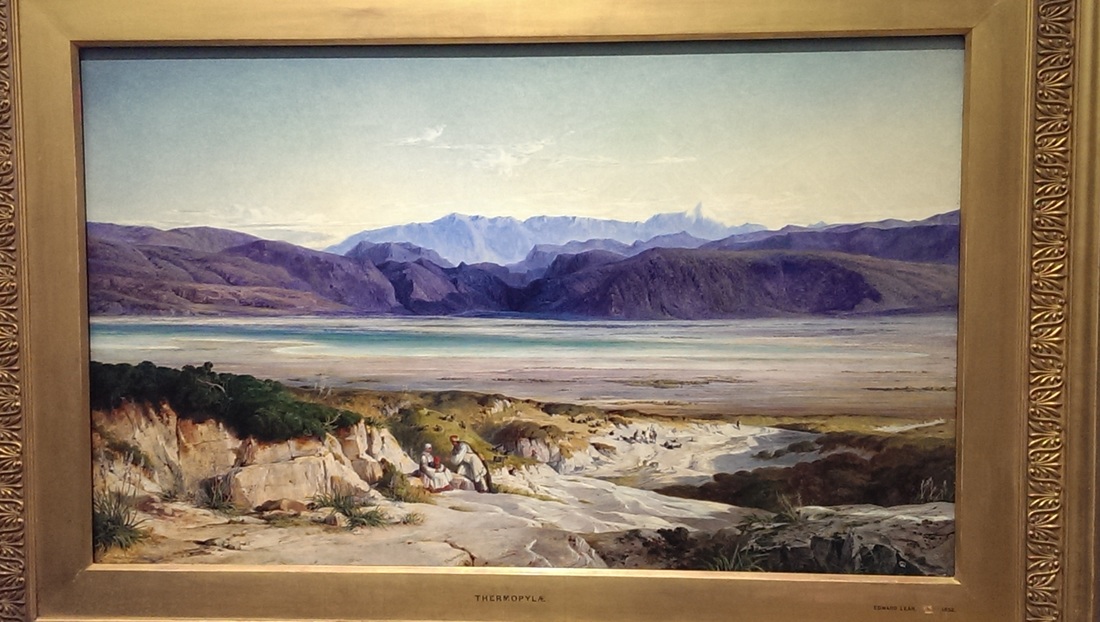
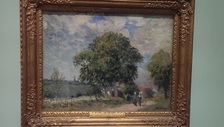
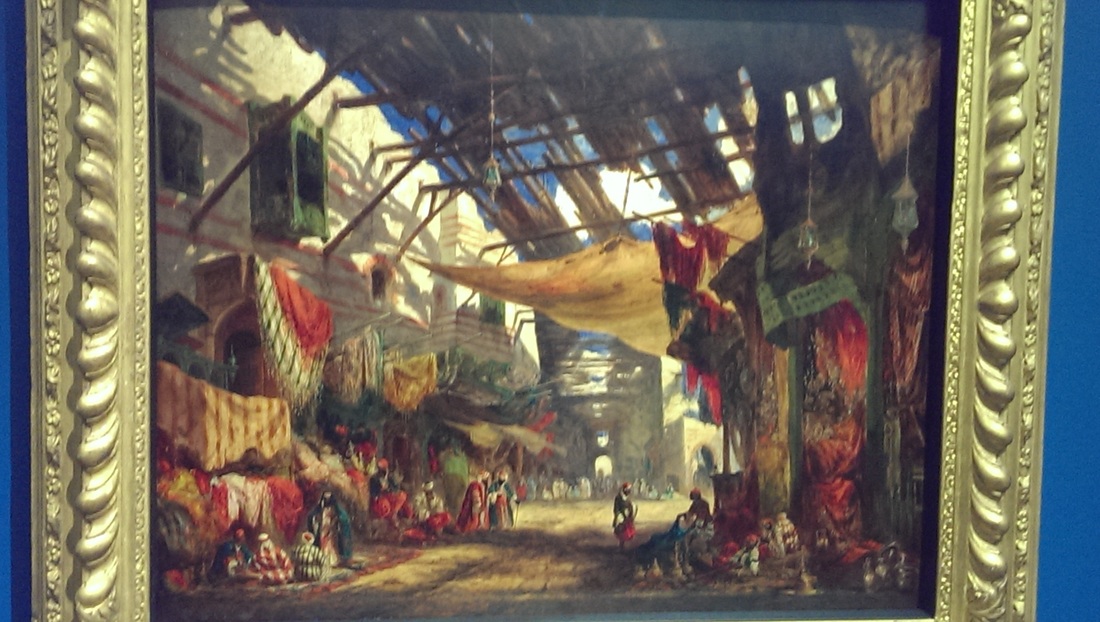
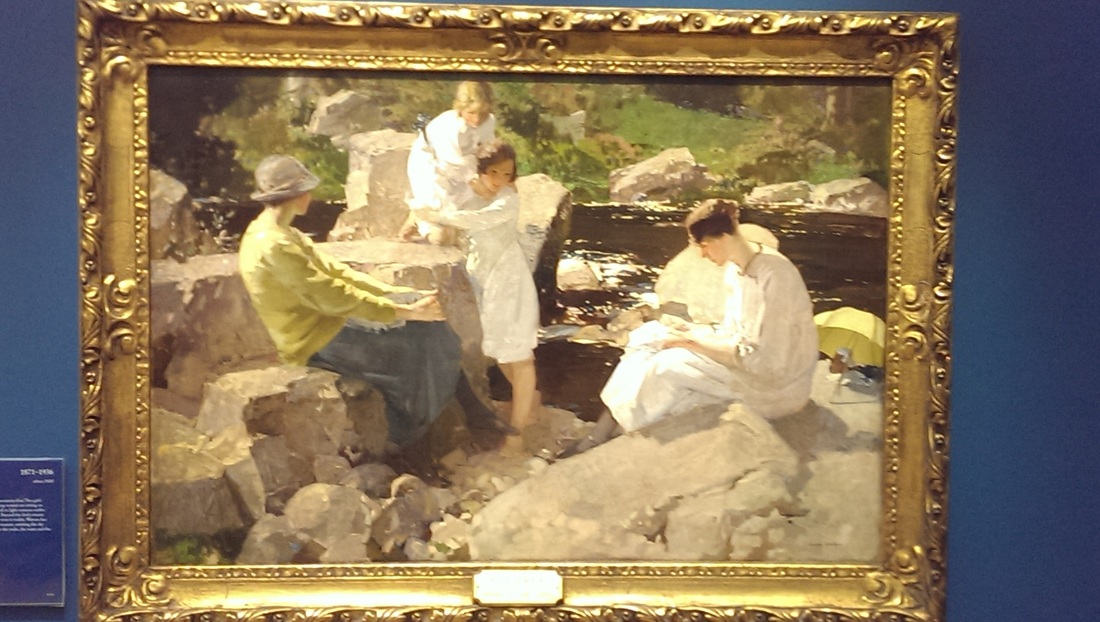
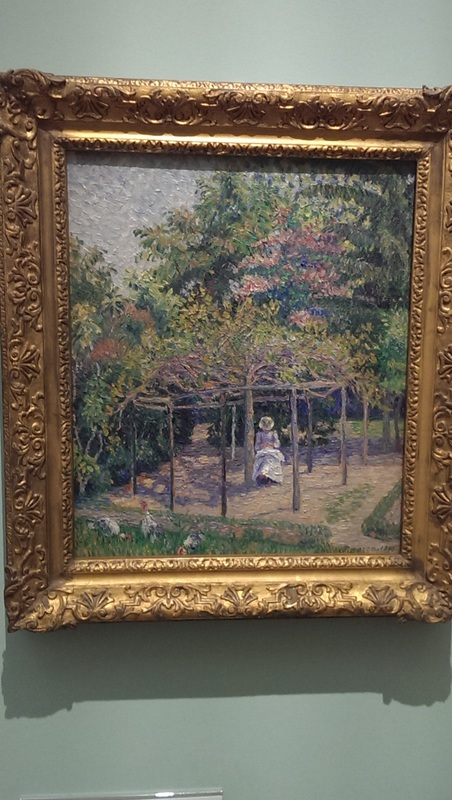
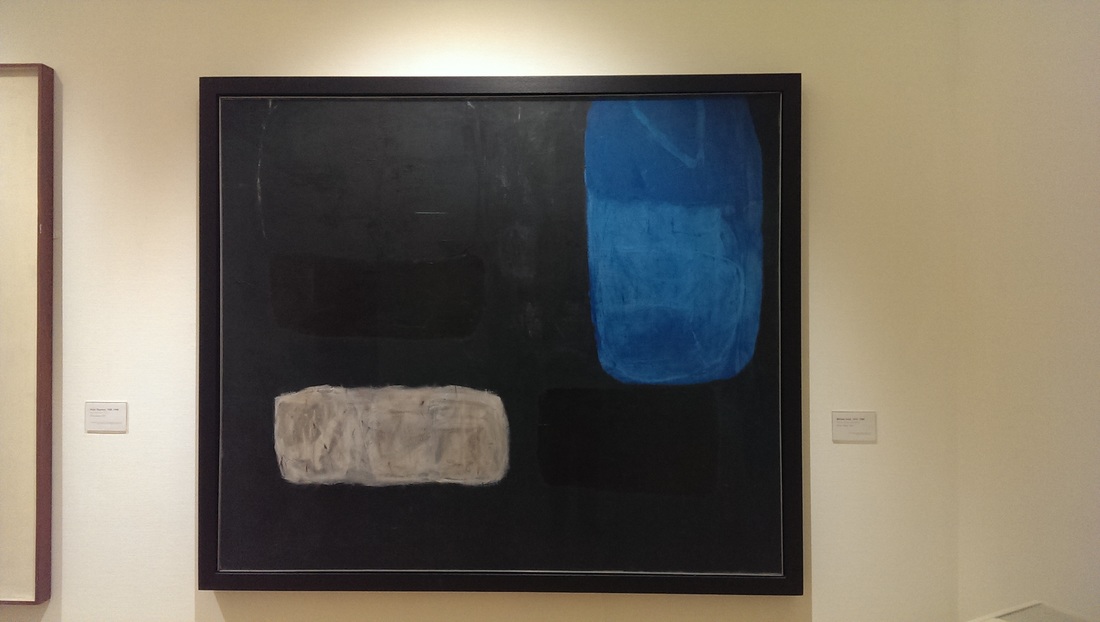

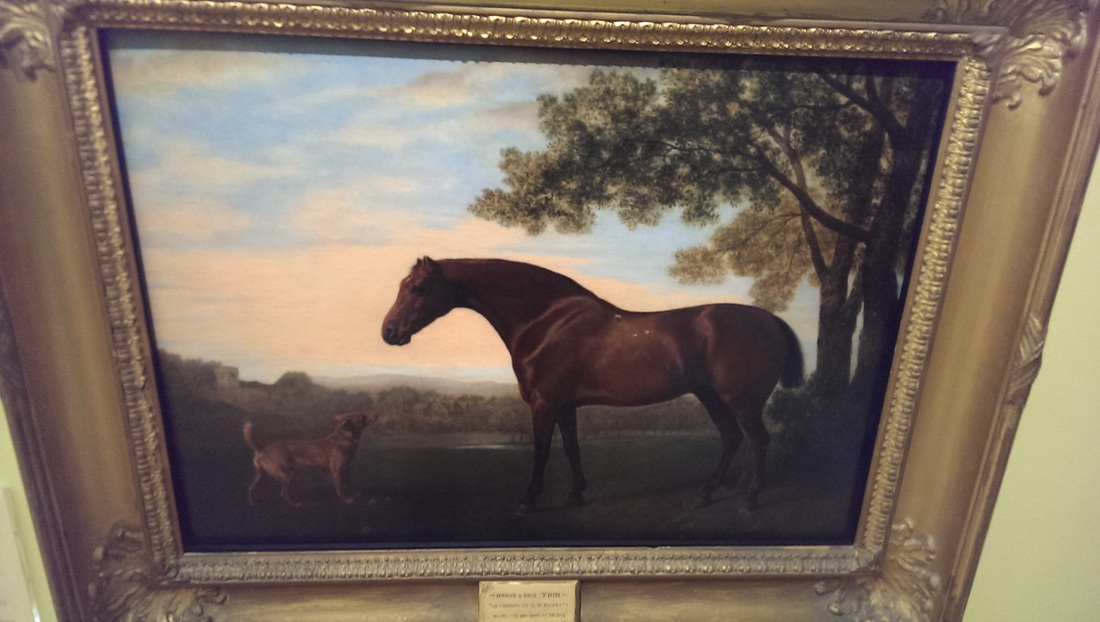
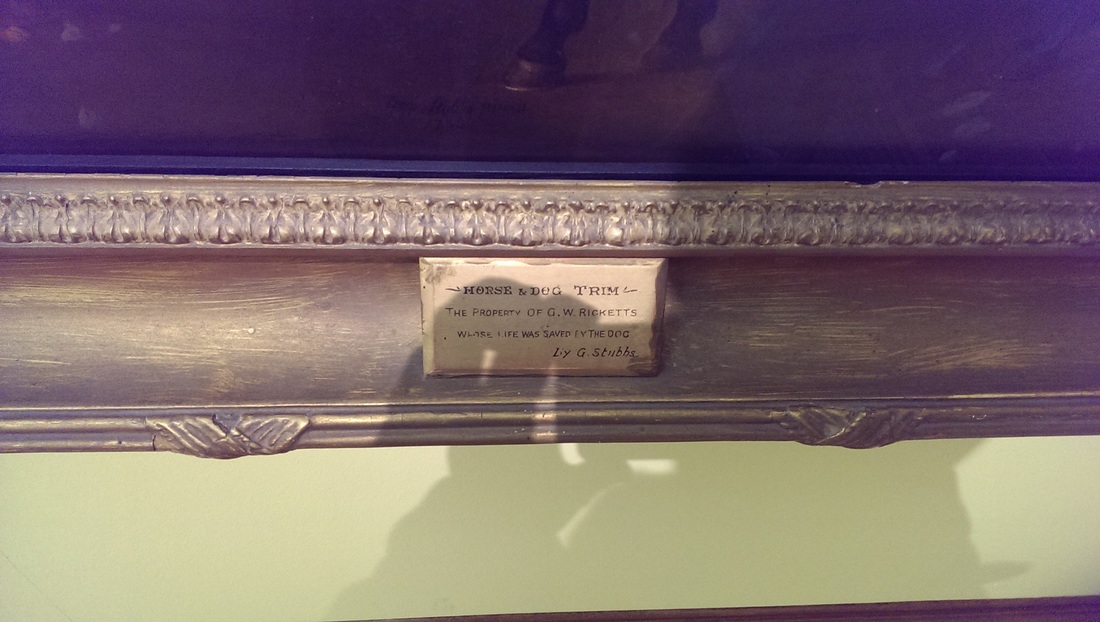
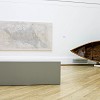
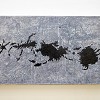
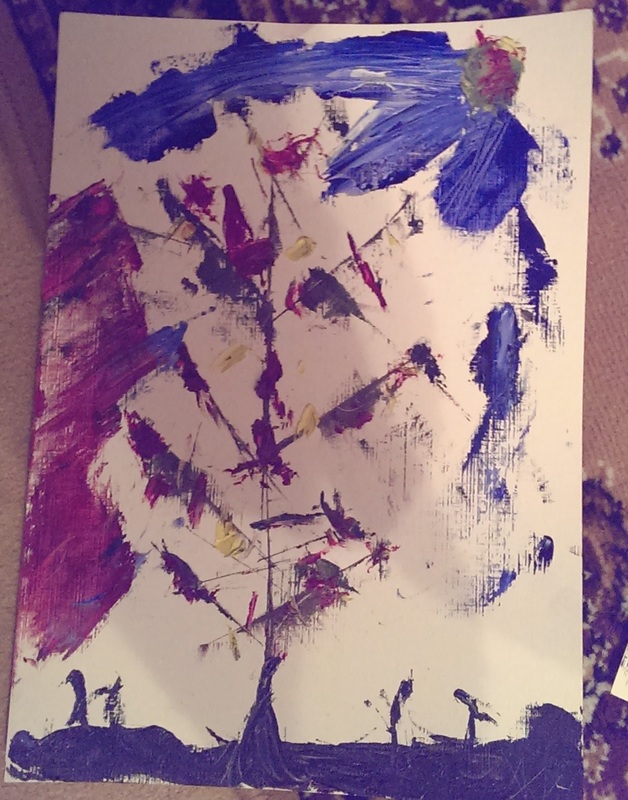
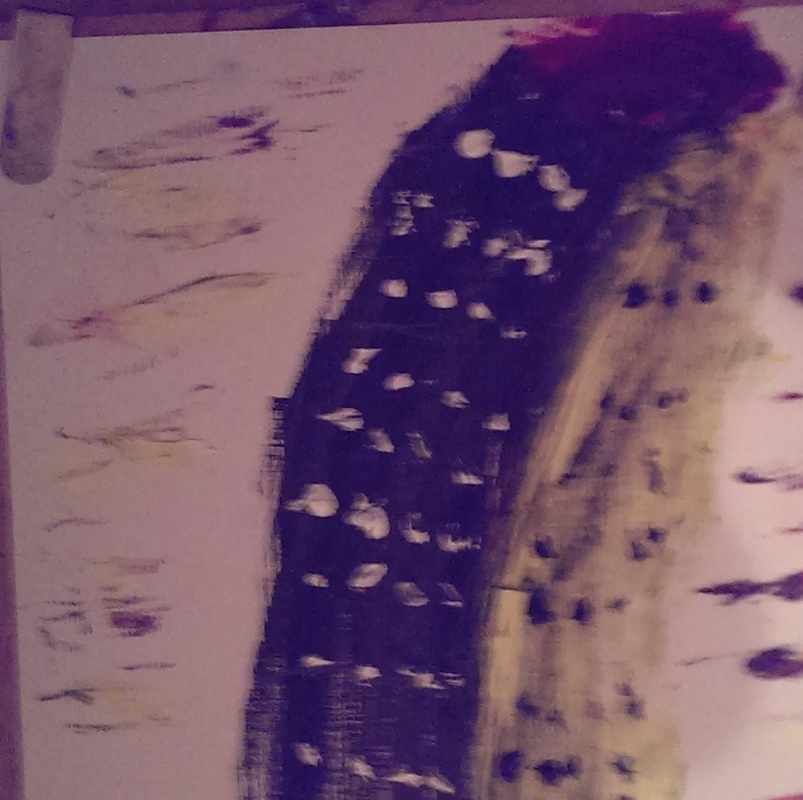
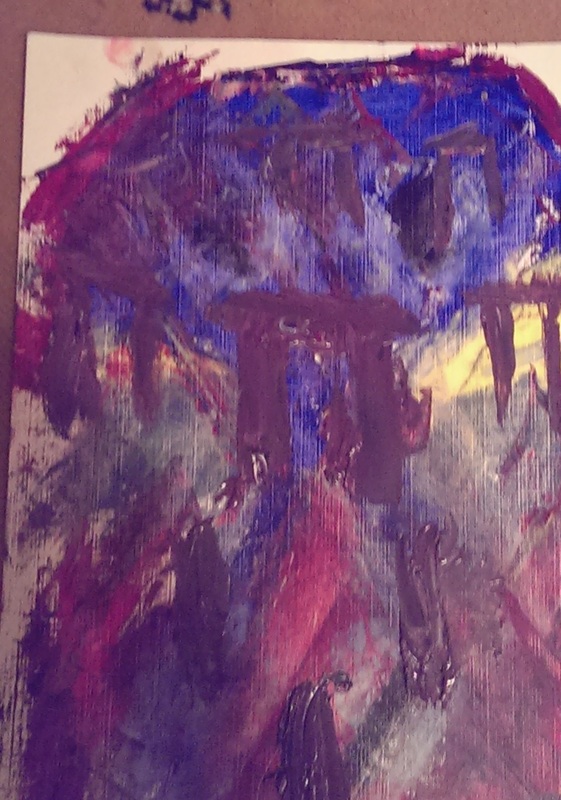
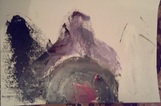
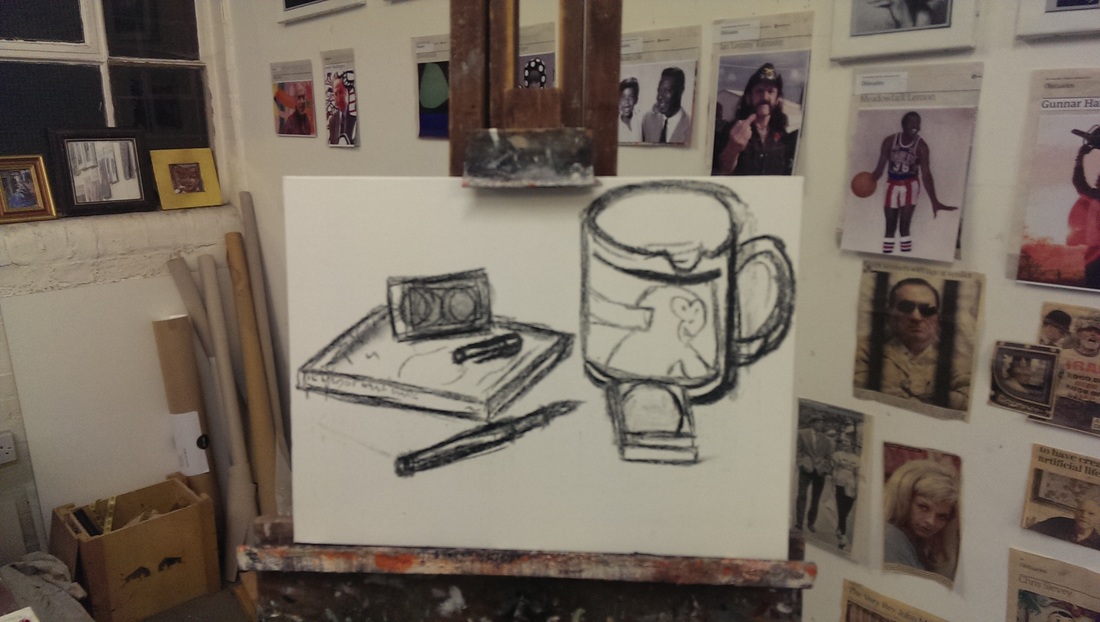
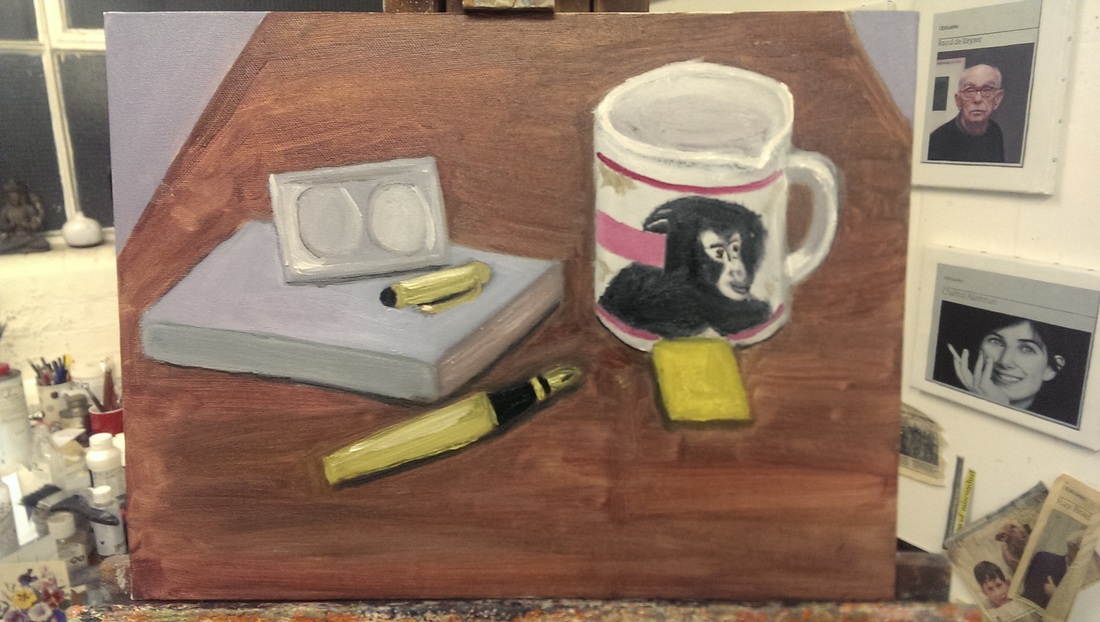
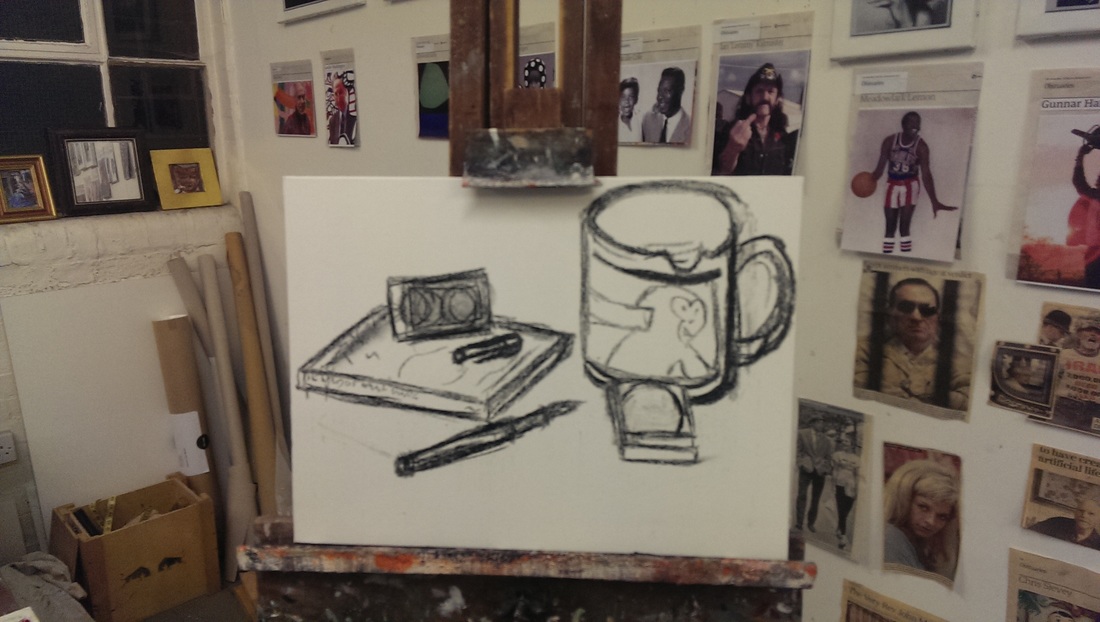
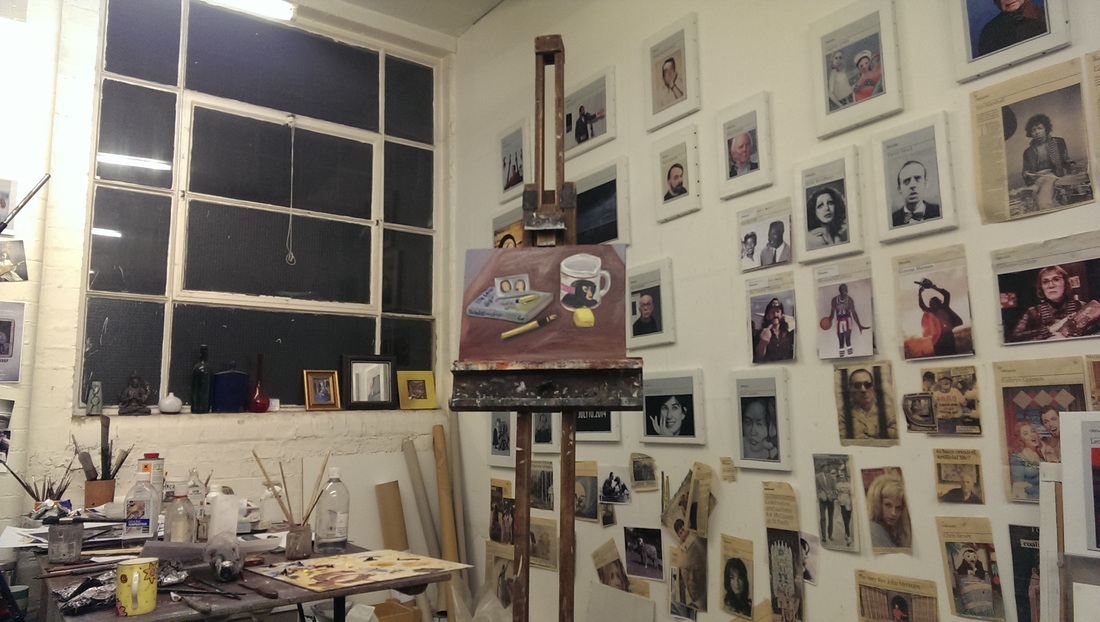
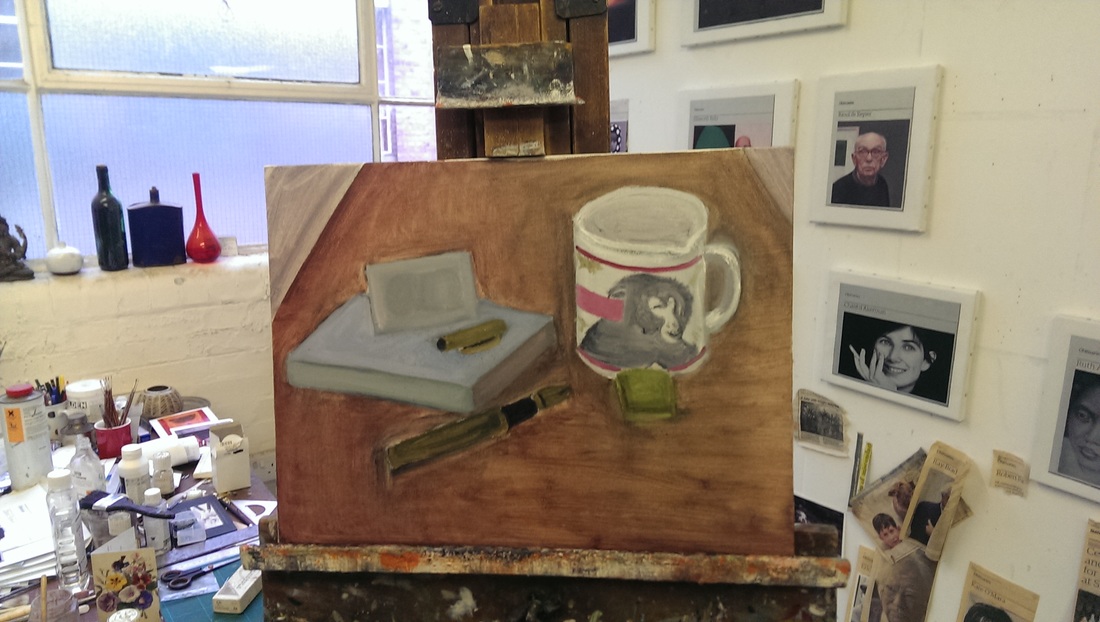
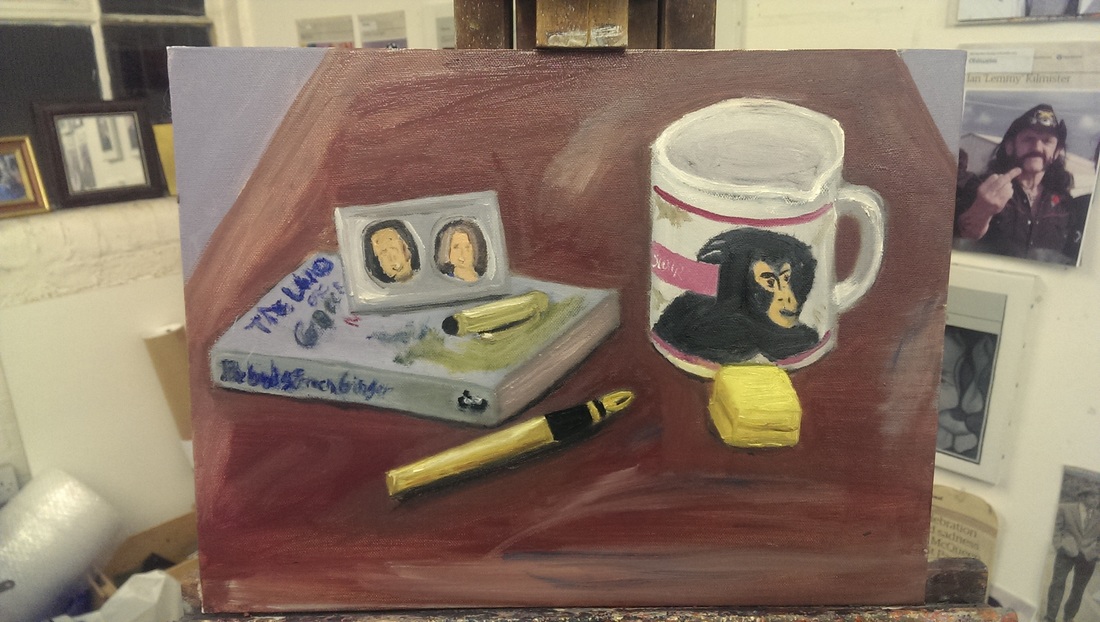
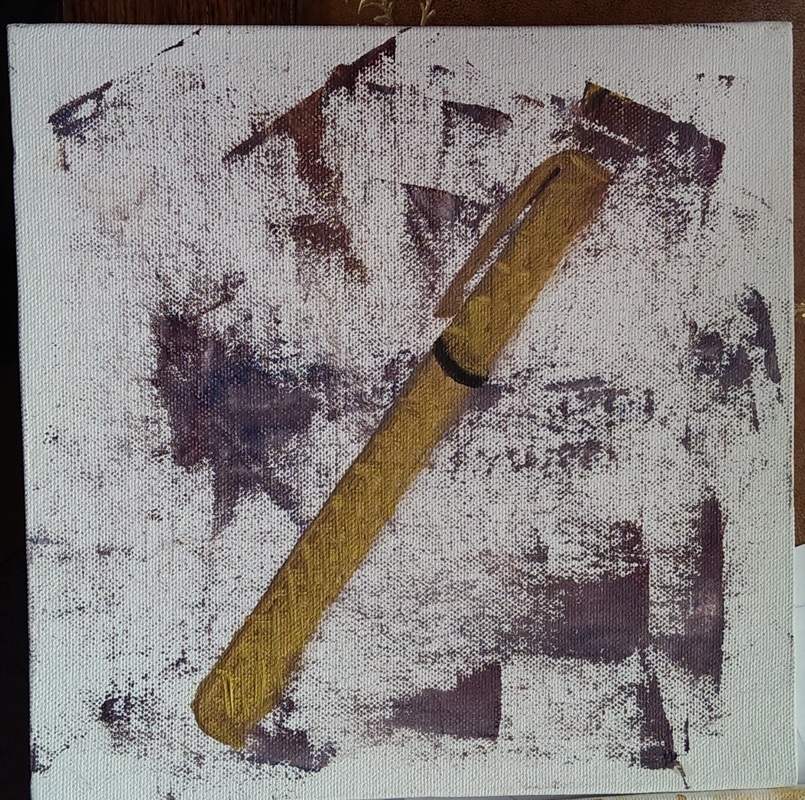
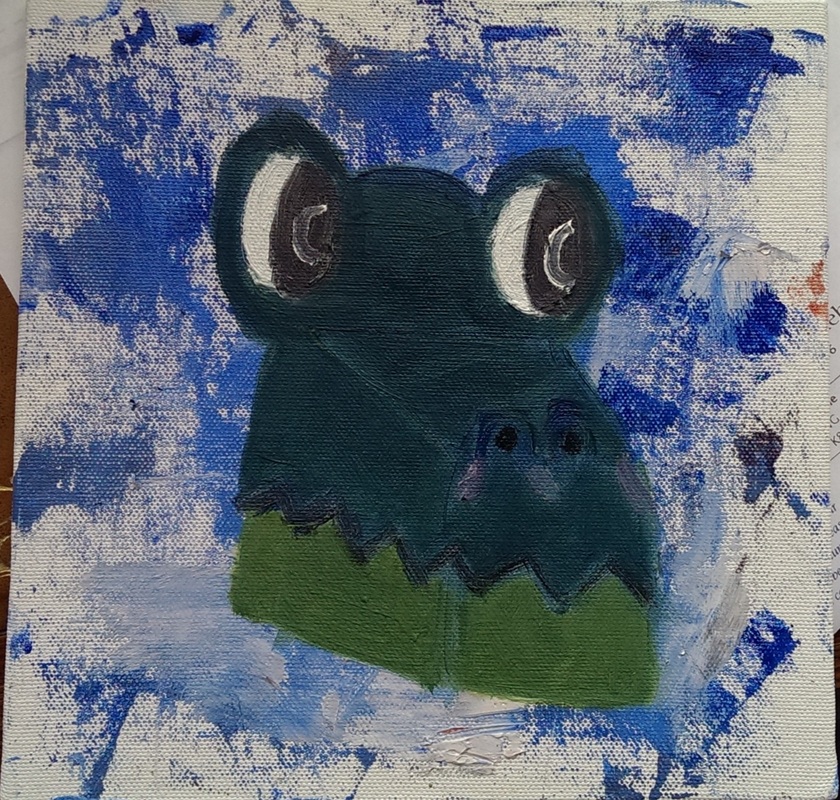
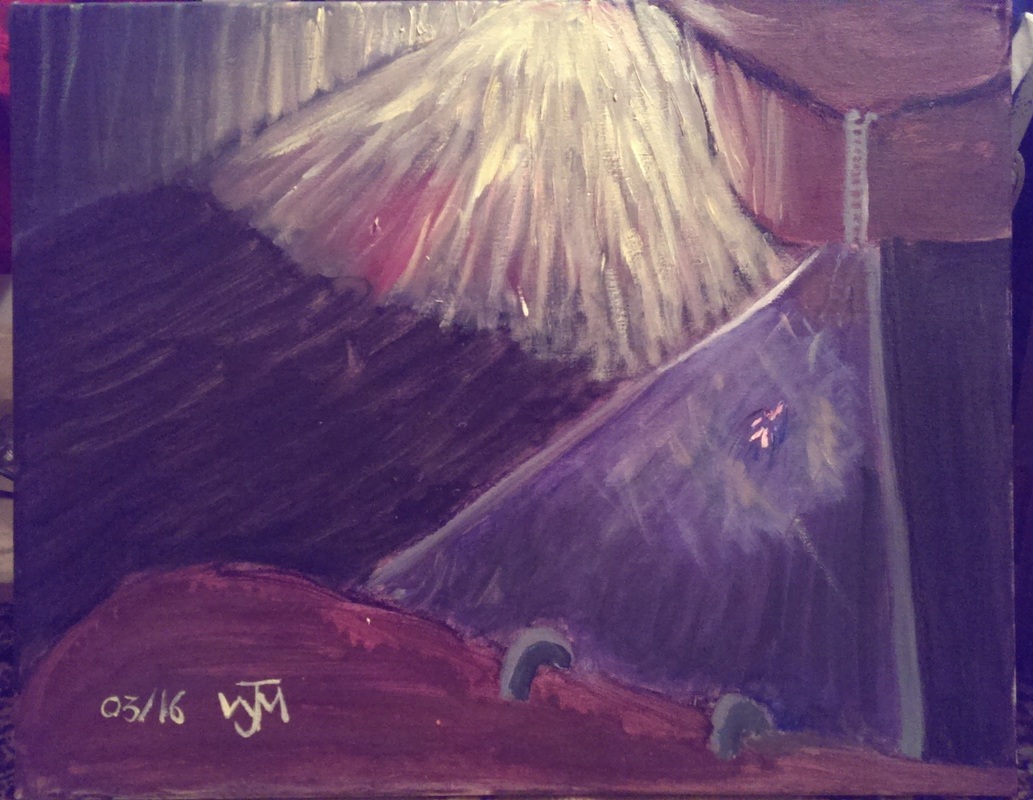
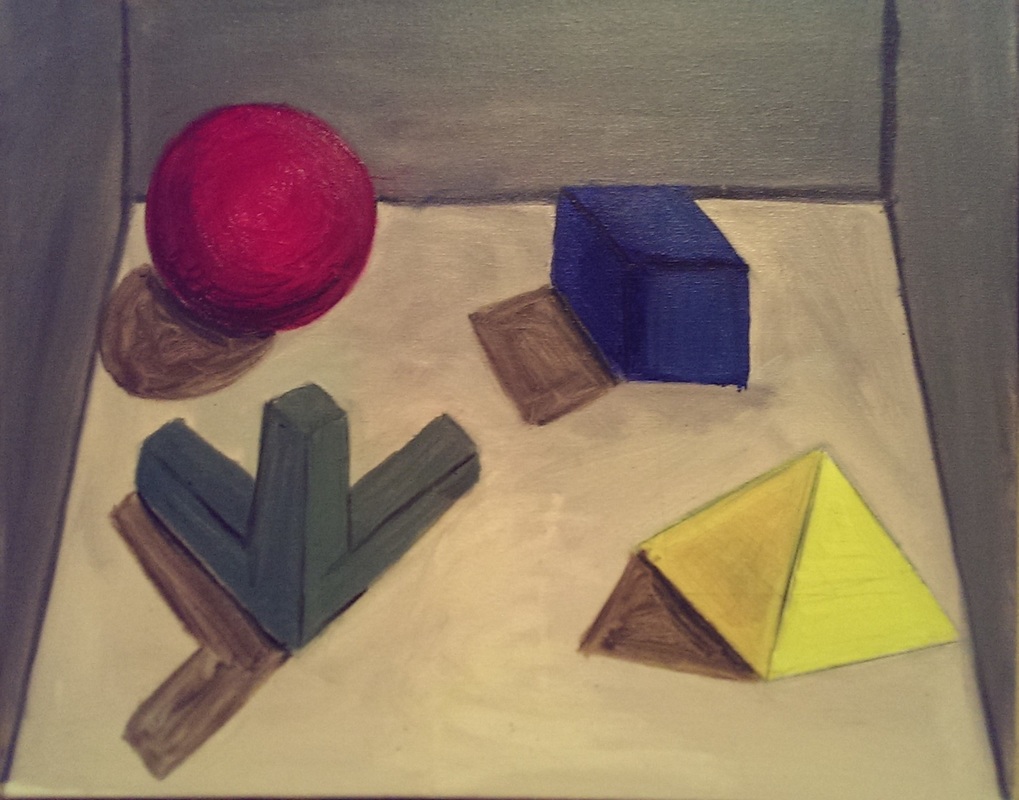
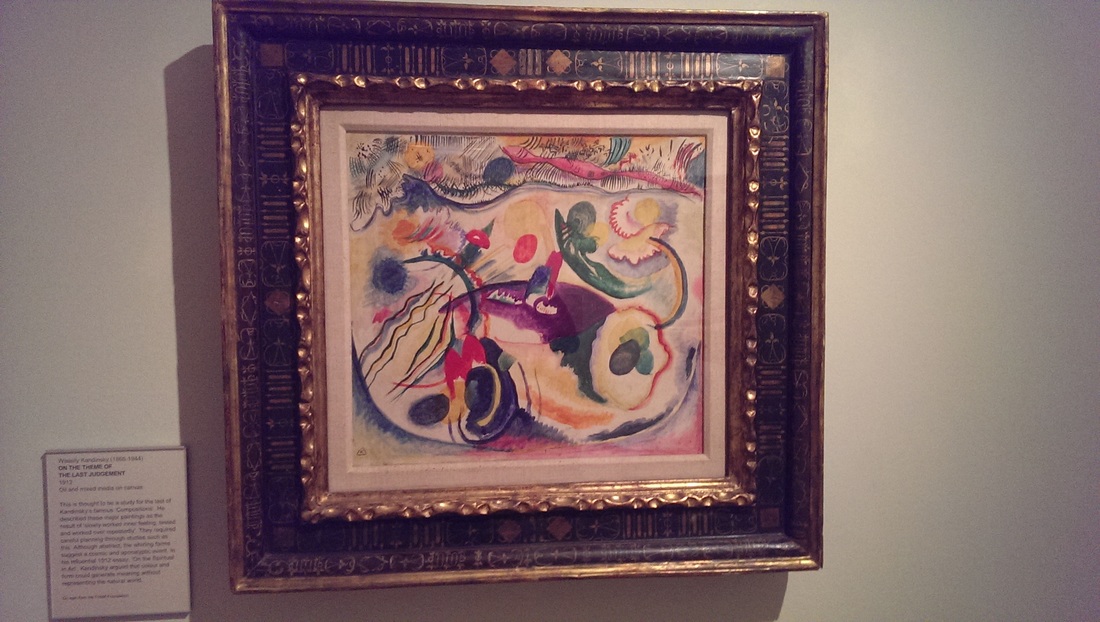
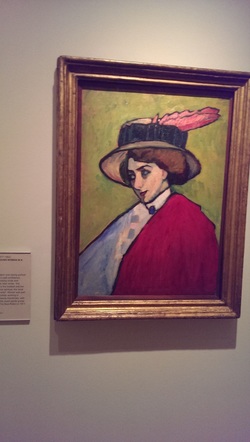
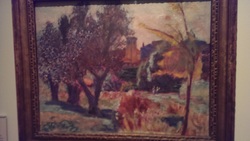
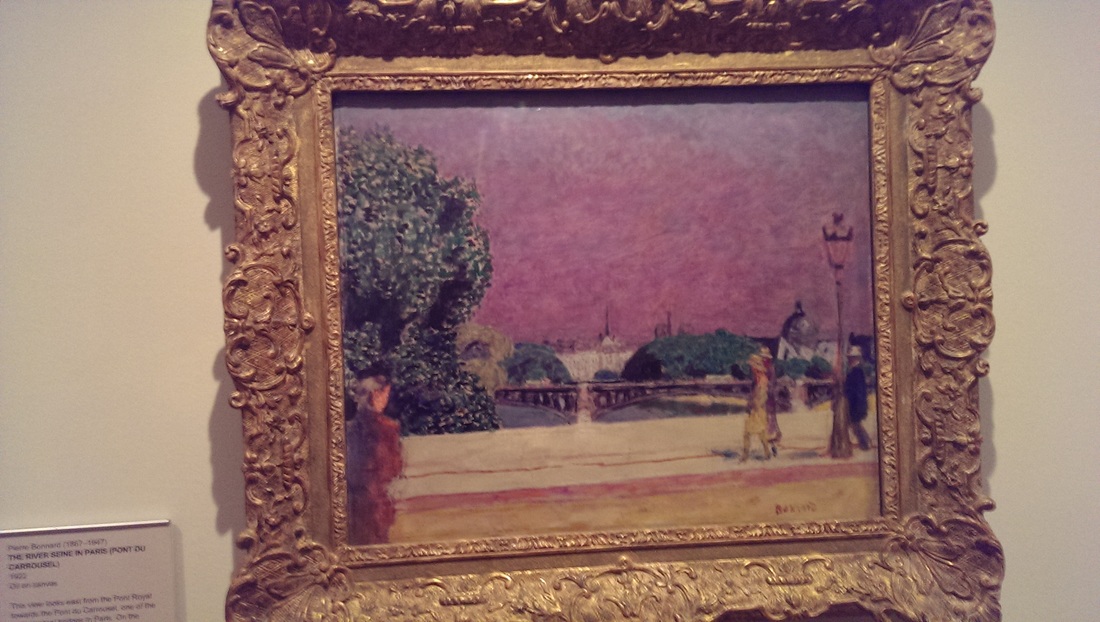
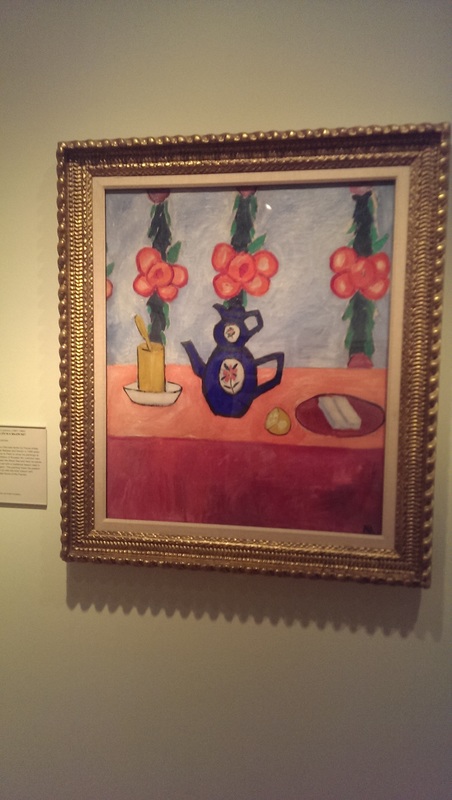
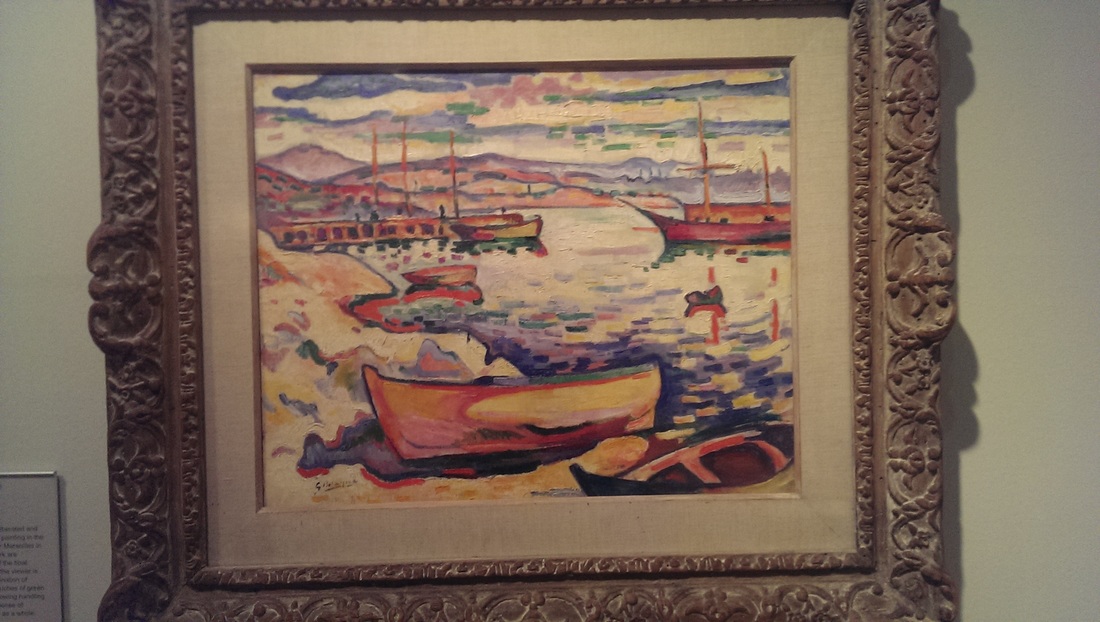
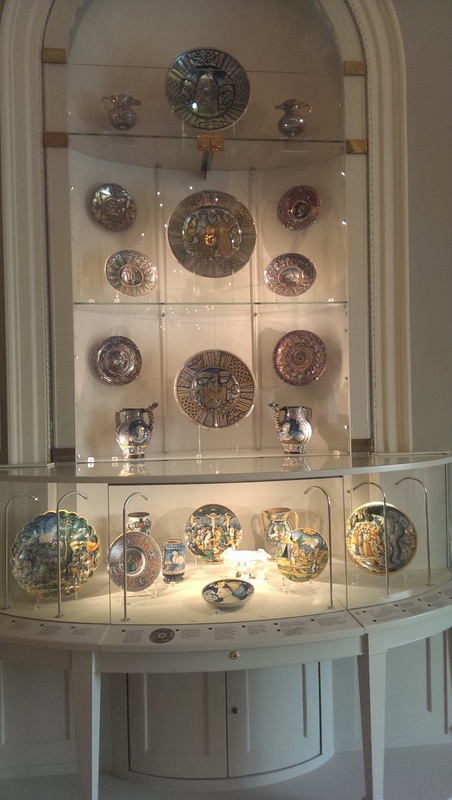
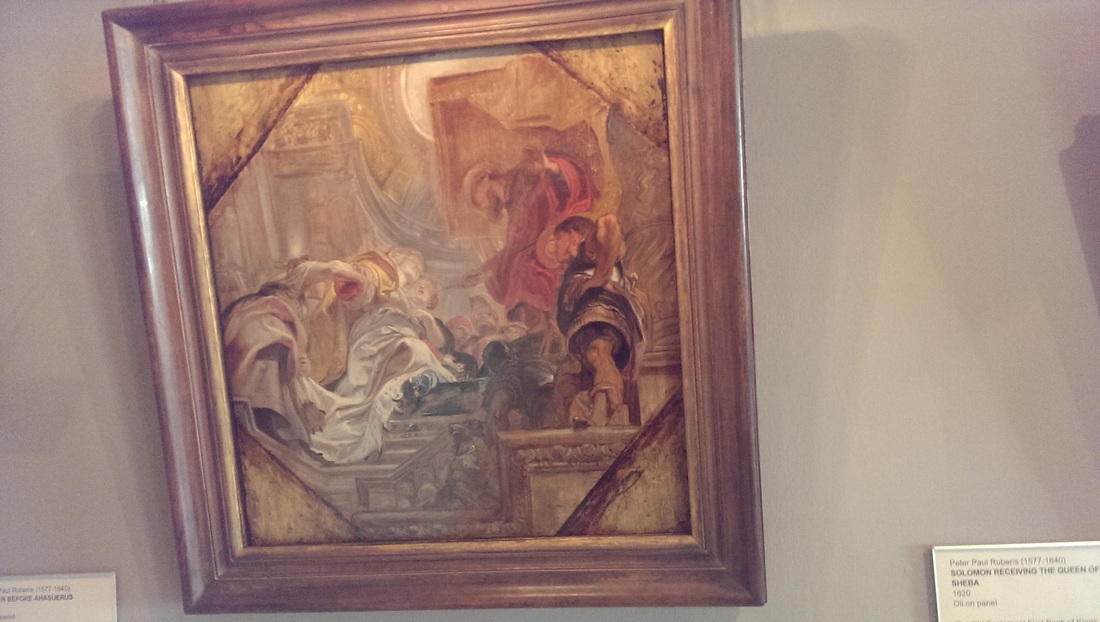
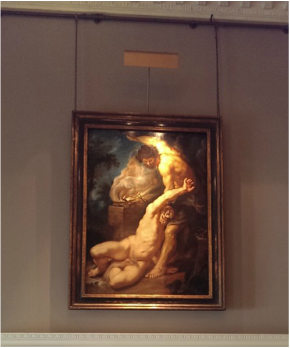
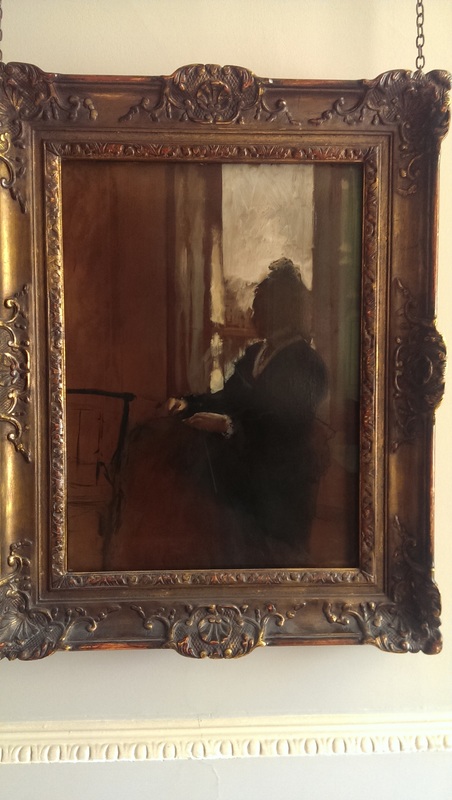
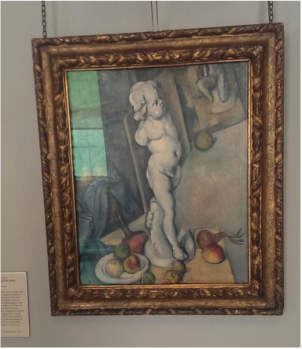
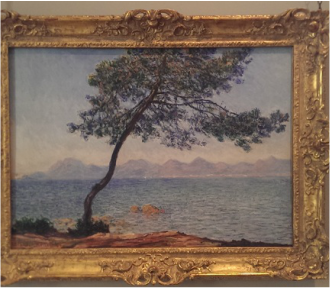

 RSS Feed
RSS Feed